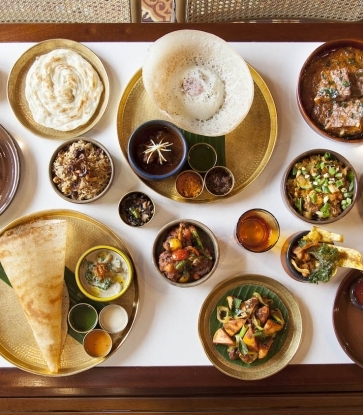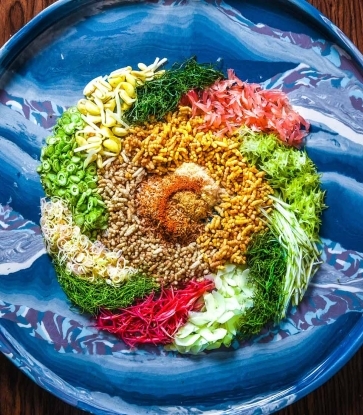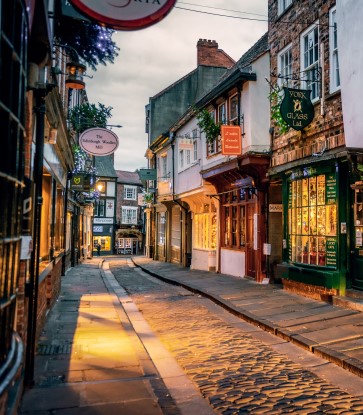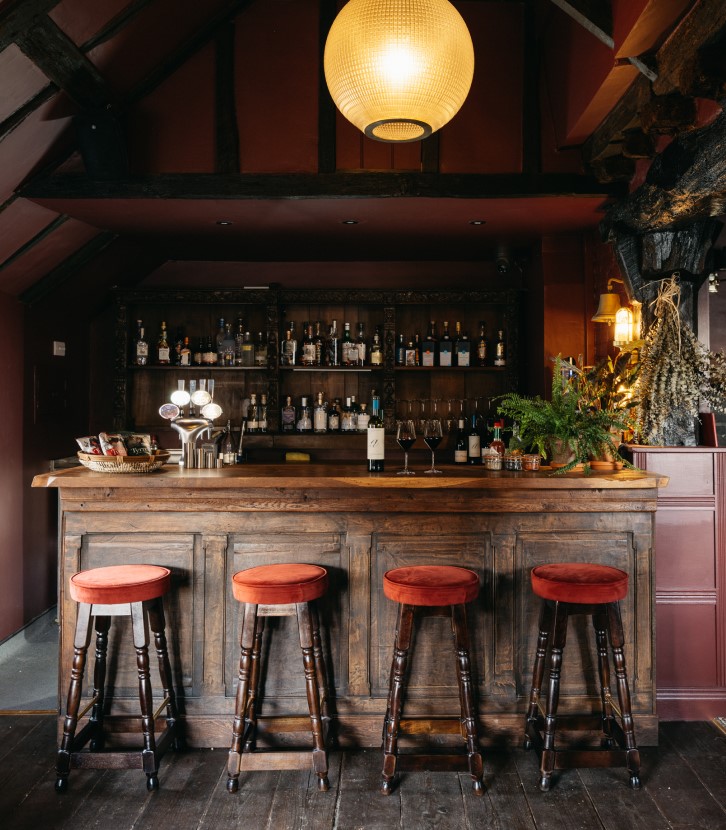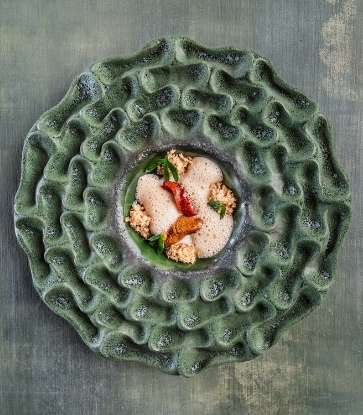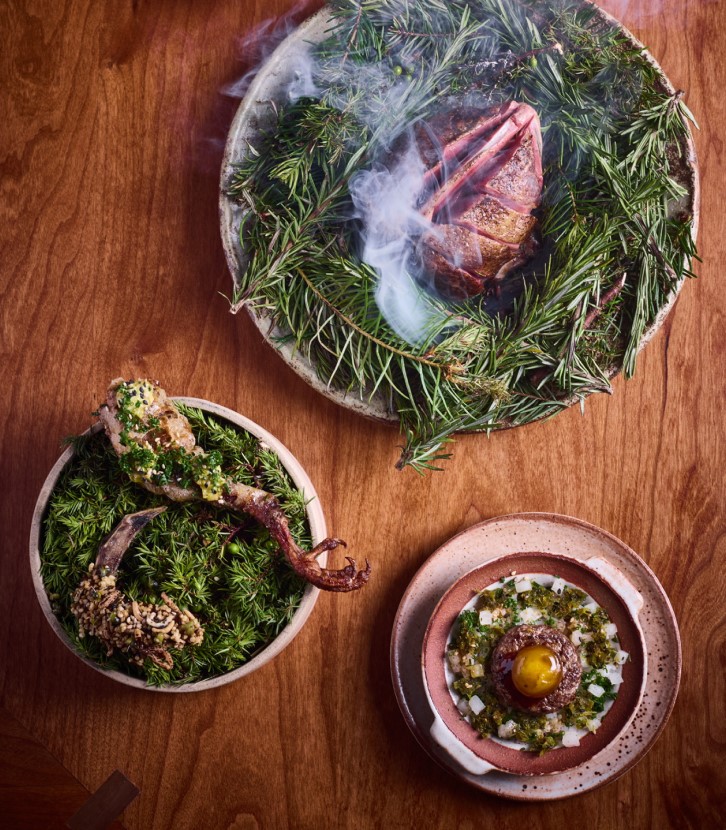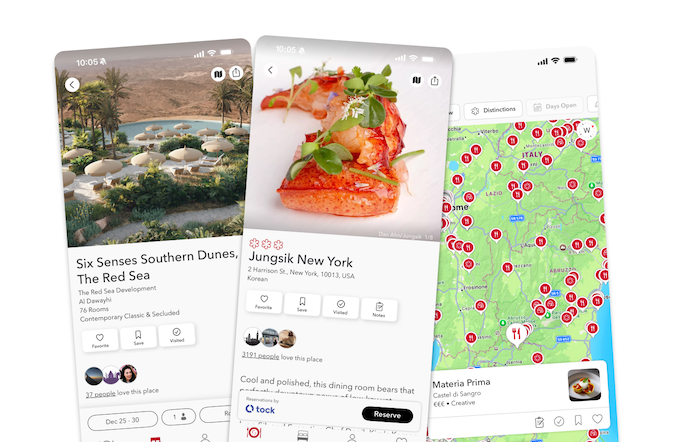After a series of splashy opening parties, the long-anticipated third act from the powerhouse female trio behind Italian-French Raf’s and the MICHELIN-Starred new American Musket Room has arrived. Sisters Jennifer and Nicole Vitagliano, executive chef Mary Attea, plus executive pastry chef Camari Mick have unveiled Café Zaffri, their latest venture, now open all day to the public on the ground floor of The Twenty Two New York—a luxe London import hotel and private members’ club housed in a storied nine-story building once owned by heiress Margaret Louisa Vanderbilt.
This time, Chef Attea is tapping into her Lebanese roots, weaving Levantine flavors into a modern menu she crafted alongside Chef Mick. Expect a spread of house-baked breads and dips laced with za’atar and coriander crisp, and a decadent lamb Wellington reimagined with grape leaves and labneh. Beverage director Kimberly Cavoores keeps the theme going with a cocktail list that leans into orange blossom, cardamom, and spice, naturally making room for Lebanon’s beloved anise-scented arak—Lebanon’s official national drink.
Below, we caught up with the team to chat about family inspiration, the current must-order dish, and that saffron brioche French toast.
What inspired you to focus on Levantine cuisine and how do you plan to present it to the New York audience?
Mary Attea: It has always been my dream to create a space that celebrates Middle Eastern cuisine, with a focus on Lebanon and the surrounding Levant region. Café Zaffri was born from that vision, evolving naturally from Raf’s. Guided by the same ethos of communal dining, we aimed to create a place where people come together for a joyous feast—where bold, exciting flavors feel both comforting and familiar.
How has your Lebanese heritage influenced the menu?
MA: I have drawn inspiration from the flavors and ingredients of my childhood. Growing up, Lebanese feasts were a staple in our home. As I developed the menu, I found myself reminiscing about those shared meals, aiming to capture that nostalgia while presenting it at Café Zaffri with modern twists and interpretations.
Are there any specific family food memories that have guided the menu?
MA: Two dishes, in particular, are inspired by my favorite childhood meals. The lamb tartare is a modern take on the kibbeh nayeh my father used to make, enhanced with olives and onion soubise, yet still evoking the familiar flavors of home with every bite. The lamb Wellington, on the other hand, pays homage to both England, where The Twenty Two (the hotel) originated, infused with a Lebanese twist inspired by stuffed grape leaves, another personal favorite.
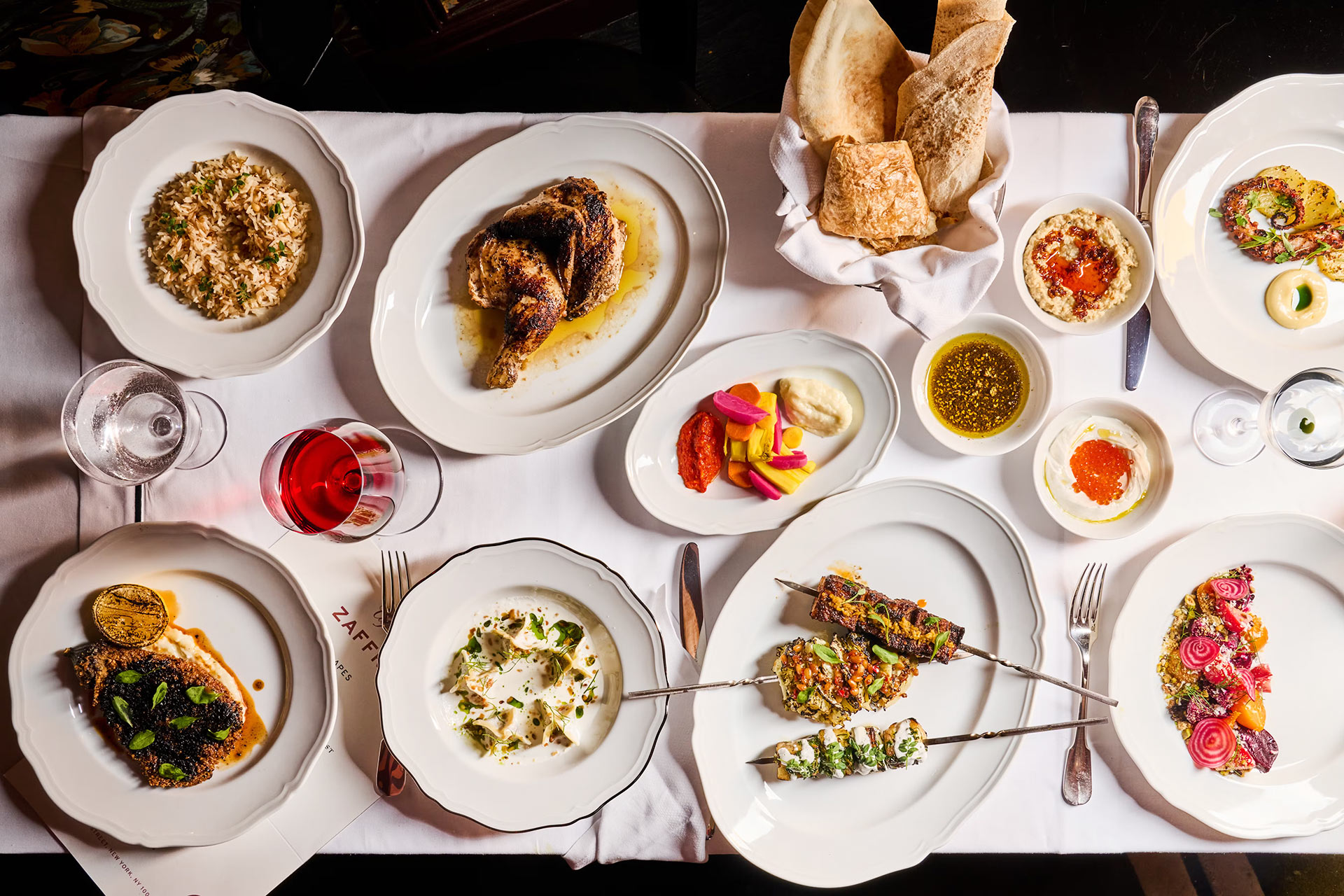

Any lesser-known Levantine dishes or ingredients you’re excited to introduce?
MA: I’m excited to introduce shish barak to our menu—a Lebanese meat dumpling cooked in yogurt sauce. While it wasn’t a staple in my childhood, experimenting with this dish has been a rewarding experience, drawing subtle inspiration from Raf’s pasta program. We’ve used a more traditional Italian pasta dough and infused the dish with fennel pollen, while the allspice, cinnamon, and pine nuts tie it back to its Lebanese roots, making it feel like home.
Camari Mick: I’m really excited to show the vast versatility of spices throughout the region. It can be seen in our sweet mezze with ras el hanout halva and bahart dipped pomegranate molasses. Both are very traditional savory spice blends that we reimagined into sweet applications.
Could you highlight some signature dishes?
MA: The skewer service has become a crowd favorite, and I’ve enjoyed experimenting with different Middle Eastern flavors across the menu. The pork belly with baharat date glaze was inspired by a beloved dish from Musket Room, while one of my current favorites is the sweetbreads—seasoned in the style of shawarma and finished with tahini sauce and pickled sumac onions. My goal was to present sweetbreads, an often-overlooked ingredient, in a way that feels both familiar and irresistibly delicious.
How does the beverage program complement the culinary vision?
Kimberly Cavoores: The beverage program was thoughtfully designed to complement the culinary vision by celebrating the diverse winemaking traditions of the Levant. From the beginning, I realized there was no single “right” approach. My goal was to create a wine list that showcases the richness and diversity of Levantine wines, highlighting both established wineries and exciting newcomers. At the same time, I wanted to reflect the connections between these winemaking regions and others around the world, as well as their shared ties to the cuisine. I drew inspiration from the Levant’s extraordinary diversity, coupled with its shared culinary parallels with other Mediterranean regions. This led me to broaden the selection to include wines from southern France, Italy, and Greece, regions that also align beautifully with the versatility of the cuisine. This dynamic and expansive approach not only enhances the dining experience but also provides a platform to spotlight Levantine wine regions that remain underrepresented on New York wine lists. For the cocktail program, our bar manager Christian Schaal took an innovative approach by adopting a chef’s perspective. Instead of crafting cocktails as variations on classics, he immersed himself in the flavors of the Levant, building each drink with the same thoughtfulness and creativity as a chef developing a dish.


Raf’s has built a strong reputation for its exceptional bakery. How have you integrated baking here?
CM: With the menu, I really wanted to honor the region with a more traditional-style bread basket that works well with the dips that the savory team provides. Each bread is pulled from a different place in the Levant region – pita, talami, and lavash cracker. We even go as far to create gluten-free versions of each. Then we get a bit playful by incorporating tahini into the milk bread we serve with our burger, which is available during lunch, and we add saffron to the brioche we use for French toast. We also feature beautiful laminated pastries in the morning, like a pistachio-rose toaster strudel. We also offer quatayef, a sweet pancake-like fritter filled with a mix of Lebanese and Syrian cheeses, and fatayer, a savory cheese and spinach pastry triangle that has iterations throughout the Levant. I’m incredibly excited to share my interpretation with the world, striving to honor the region with deep respect and appreciation.
What ambience do you aim to create for your guests, and how does the interior design contribute to this?
Nicole Vitagliano: Social, confident, expressive, established, feminine, gutsy. Café Zaffri is a spirited and rebellious confrontation to the city’s social club landscape. Contradiction is at the heart of the concept, one that elevates the exceptional, questions the traditions of hospitality, and provides opportunity for unconventional gatherings and surprising guests. The history of the building is inspiring: a symbol of agency and voice. Here, a new women-led institution elbows through, and like all true New York establishments, a space that reinvents heritage through irreverent iconoclasm. Like a great dinner party gone mad, revelry and celebration are at the heart of our narrative. It’s an invitation to feel, remember and enjoy the beauty of life under the columns—around littered white tablecloths with lipstick-smeared napkins in hand—rife with evidence of friendship and enjoyment.

Hero image: All images courtesy of Gentl & Hyers



